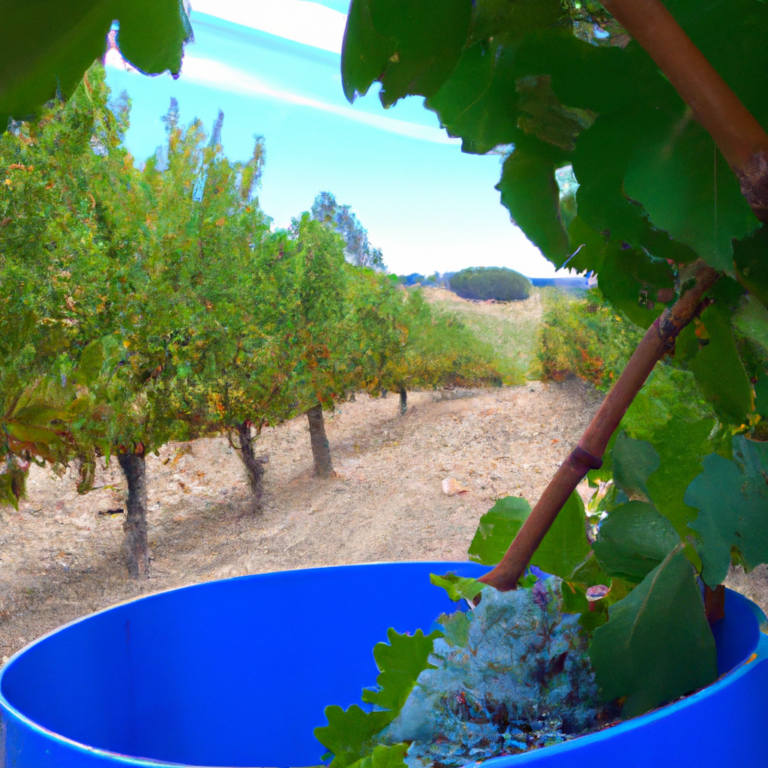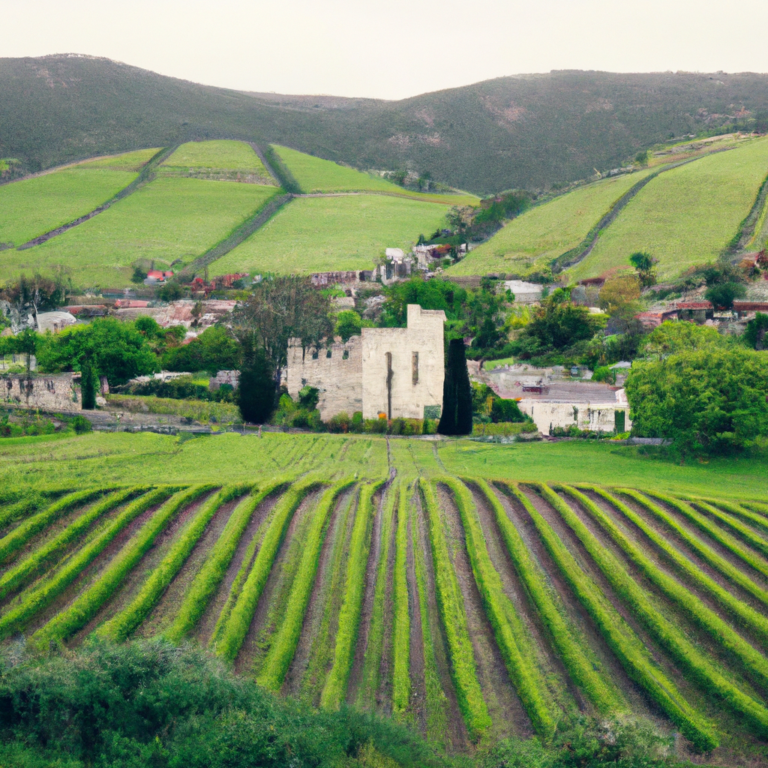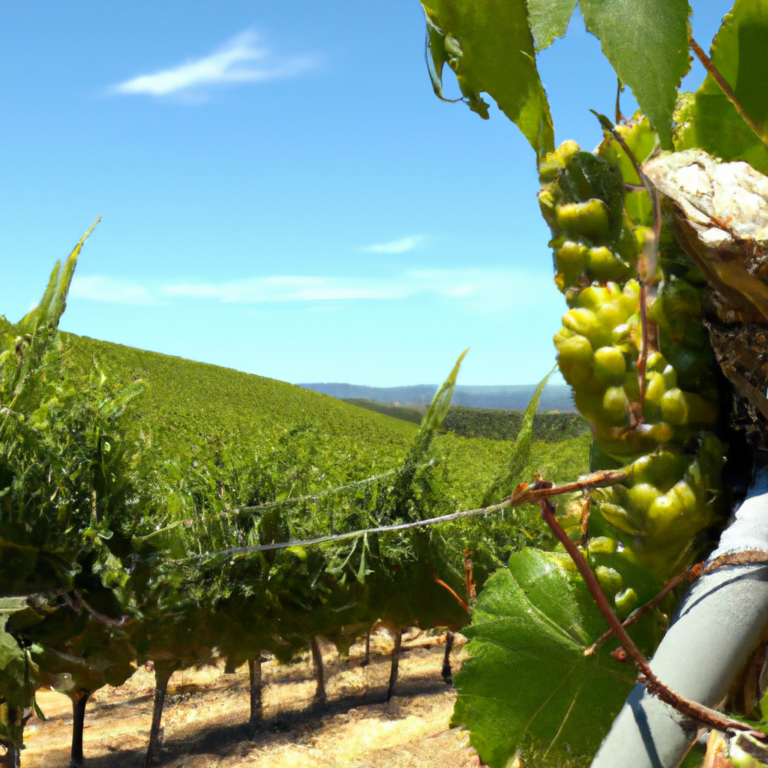Unlock the Mystery: The Shocking Truth Behind Wine Pricing
California Wine Price Points: What to Expect

As a tech industry veteran turned wine expert, my journey in the world of vino has been marked by innovation, precision, and a deep appreciation for the art behind every bottle. Growing up in the heart of California’s wine country, I’ve seen firsthand the careful cultivation of grapes and the meticulous crafting of wine. This unique blend of experiences allows me to approach the subject of wine pricing with a multifaceted perspective.
wine pricing is an incredibly complex topic influenced by a multitude of factors, from the cost of land and labor to the brand reputation and market demand. In this article, we will delve into the intricacies of California wine price points, drawing from statistical data, industry insights, and personal experiences to help you navigate this often confusing landscape.
The Economics of California Wine Production
Understanding the price points of California wines requires a deep dive into the economics of wine production in the Golden State. California, with its perfect climate and fertile soil, is the fourth largest wine producer in the world, only surpassed by France, Italy, and Spain. Yet, this high-yield production doesn’t necessarily translate to lower prices.
The cost of land is a significant factor in wine pricing. Napa Valley, the crown jewel of California’s wine regions, boasts some of the most expensive agricultural land in the U.S., with prices reaching up to $400,000 per acre. High land costs inevitably trickle down to the consumer, pushing up the price of Napa-produced wines.
Labor costs, too, play a crucial role. California’s labor laws and high living costs lead to higher wages for vineyard workers, which again impacts the final price of the wine.
Brand Reputation and Wine Pricing
Brand reputation is another critical determinant of wine pricing. The prestige of Napa Valley, for instance, allows wineries to demand higher prices. “The Napa Valley brand is incredibly strong,” says wine economist Mike Veseth. “People are willing to pay a premium for wines from this region.”
Wineries invest heavily in building their brand image, often through high-quality packaging, marketing campaigns, and hospitality experiences. These costs are, in turn, reflected in the wine price.
Quality, Age and Wine Pricing
The quality and age of the wine are equally influential in determining its price. Higher quality grapes demand higher prices, and the meticulous care and time invested in producing high-quality wines justify these prices.
Furthermore, aging wine requires space and proper storage conditions, which add to the cost. As a rule of thumb, older wines tend to be more expensive, reflecting the cost of storage and the fact that wineries have to wait longer to recoup their investment.
Market Demand and Wine Pricing
Finally, market demand significantly impacts wine pricing. California wines enjoy a high demand both domestically and internationally. This demand, coupled with limited supply (especially for small-production wines), can drive prices up.
It’s also worth noting that wine pricing is often a matter of perception. Consumers tend to associate higher prices with better quality. Wineries understand this and may price their wines accordingly to position them as premium products.
Conclusion
Understanding California wine price points involves untangling a web of factors, from production costs to brand reputation, quality, age, and market demand. While it’s easy to bemoan the high prices of some California wines, it’s important to remember the value that goes into every bottle: the land, the labor, the years of dedication, and the passion of the winemakers.
As a wine lover, I encourage you to look beyond the price tag and consider the story behind each bottle. And remember, while price can be an indicator of quality, it’s not the only one. There are plenty of affordable California wines that deliver exceptional quality. Happy exploring!







